History is filled with forgotten civilizations that once thrived and left their mark. Here are 13 ancient civilizations you probably never knew existed, each with its own unique story and contribution to the world.
The Harappan Civilization
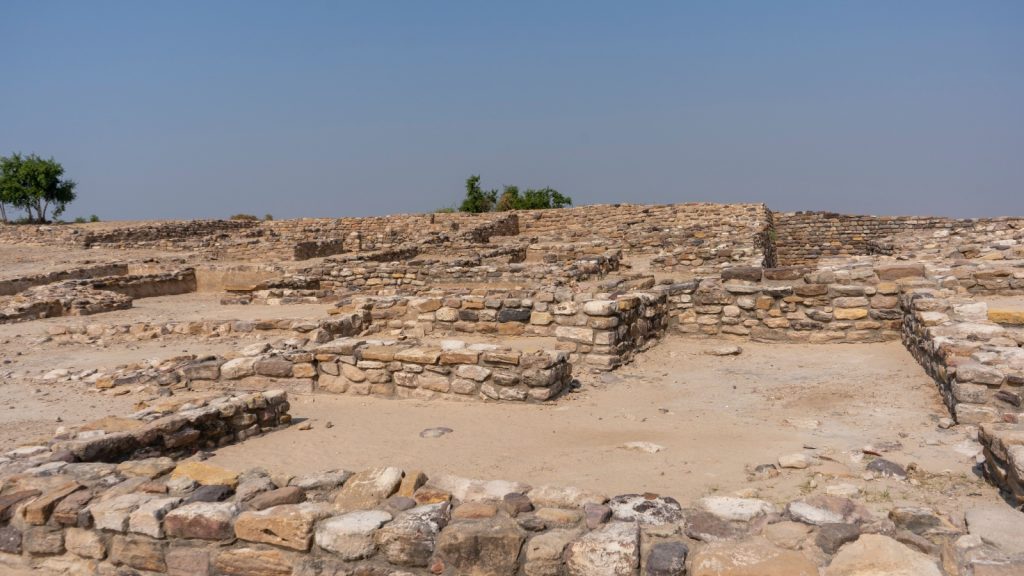
The Harappan civilization, also known as the Indus Valley Civilization, flourished around 2500 BCE in what is now Pakistan and northwest India. It was known for its advanced urban planning, with well-laid streets and sophisticated drainage systems. The Harappans were skilled in metallurgy and craftwork, creating beautiful pottery and jewelry. Despite their achievements, much about their society remains a mystery, as their writing system has not been fully deciphered.
The Caral Civilization
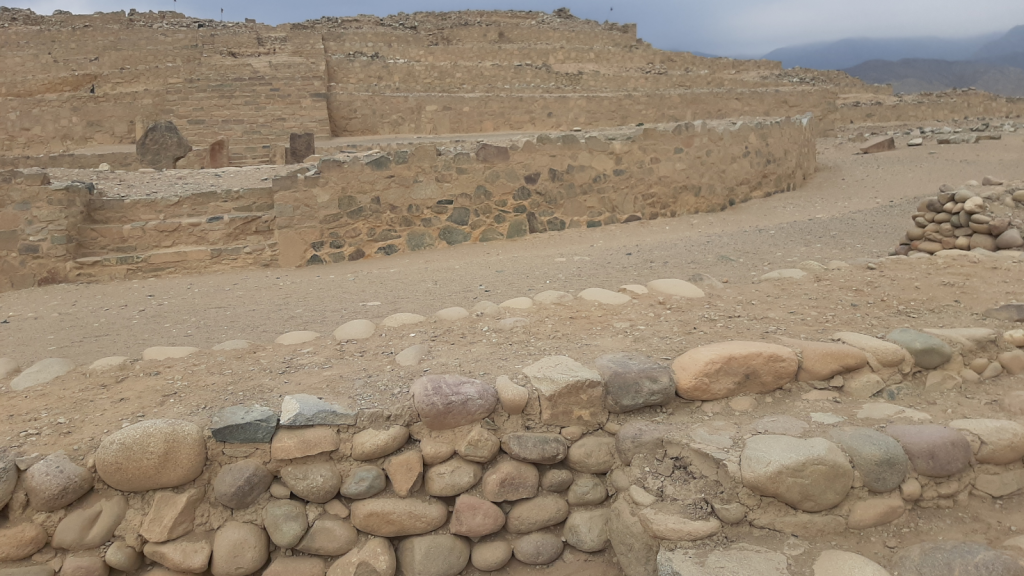
The Caral civilization is one of the oldest known civilizations in the Americas, dating back to around 3000 BCE. Located in present-day Peru, Caral was a major urban center with impressive pyramids and complex irrigation systems. The people of Caral practiced agriculture, cultivating cotton and other crops, and engaged in trade with neighboring regions. Their peaceful society thrived without evidence of warfare or fortifications.
The Nok Civilization
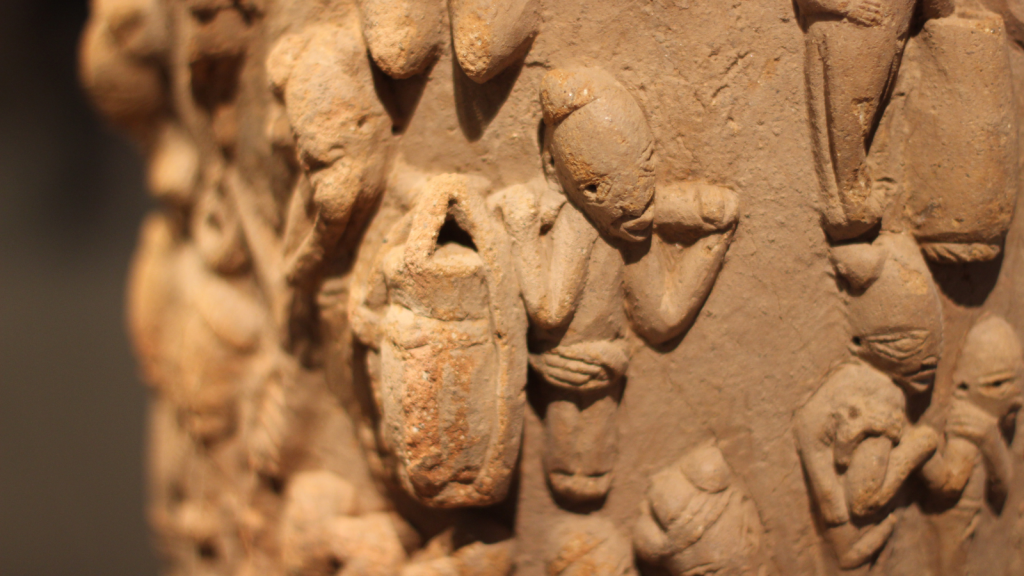
The Nok civilization existed in what is now Nigeria from around 1000 BCE to 300 CE. It is best known for its distinctive terracotta sculptures, which depict human figures with intricate details. The Nok people were among the earliest in West Africa to work with iron, creating tools and weapons that advanced their society. Despite their influence, much about the Nok remains unknown due to the lack of written records.
The Minoan Civilization
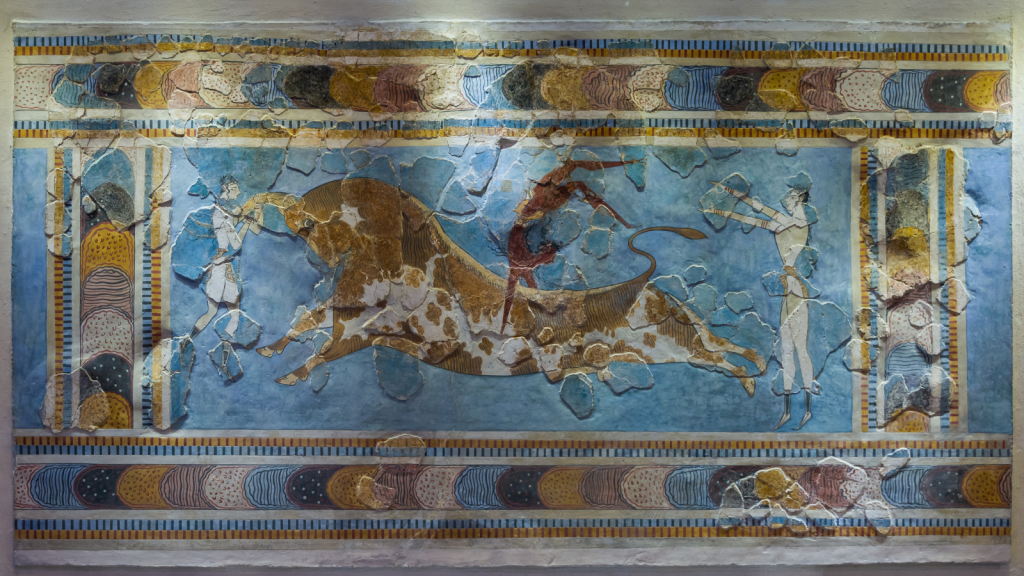
The Minoan civilization flourished on the island of Crete from around 2600 to 1400 BCE. Known for their impressive palaces, such as the one at Knossos, the Minoans were skilled sailors and traders. They had a complex society with advanced art, architecture, and even indoor plumbing. The civilization declined after a series of natural disasters and invasions, but their influence on Greek culture is undeniable.
The Elamite Civilization
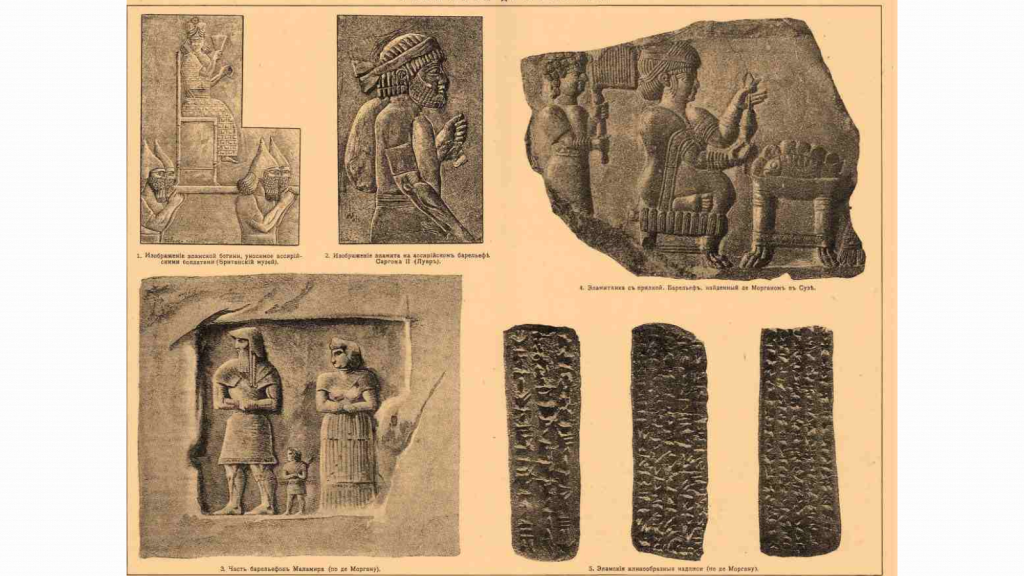
The Elamite civilization was one of the earliest civilizations in what is now southwestern Iran, thriving from around 2700 to 539 BCE. They had their own language and script, and their capital, Susa, was a major cultural and political center. The Elamites were known for their impressive ziggurats and sophisticated art. They played a crucial role in the region’s history, often interacting with neighboring Mesopotamian cultures.
The Aksumite Empire
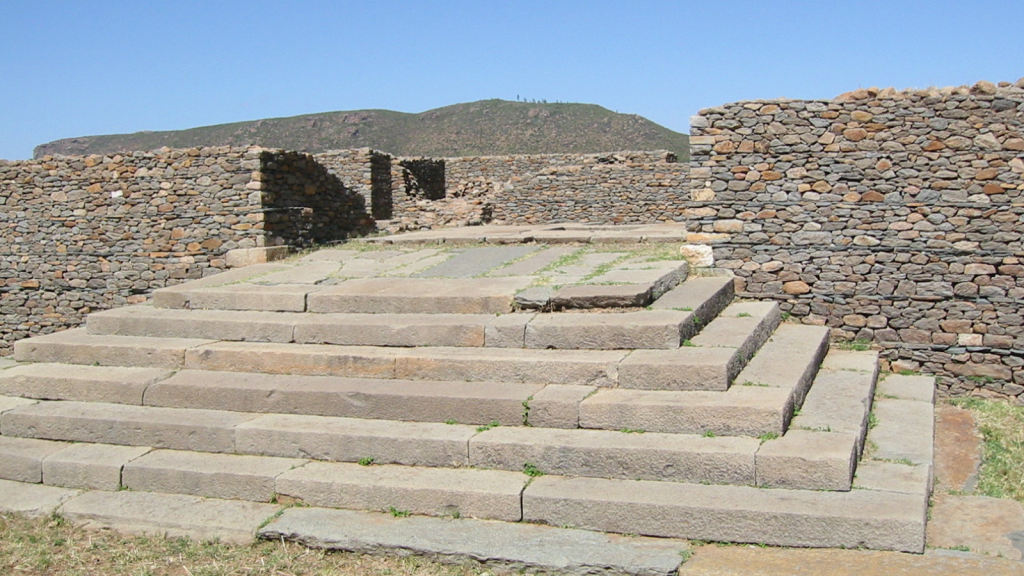
The Aksumite Empire, located in modern-day Ethiopia and Eritrea, was a powerful trading empire from around 100 CE to 940 CE. Known for its massive stone obelisks, or stelae, the Aksumites controlled key trade routes between Africa, Arabia, and the Mediterranean. They were among the first civilizations to adopt Christianity, which became the state religion in the 4th century. The Aksumite Empire’s influence extended far beyond its borders, leaving a lasting legacy in the region.
The Zapotec Civilization
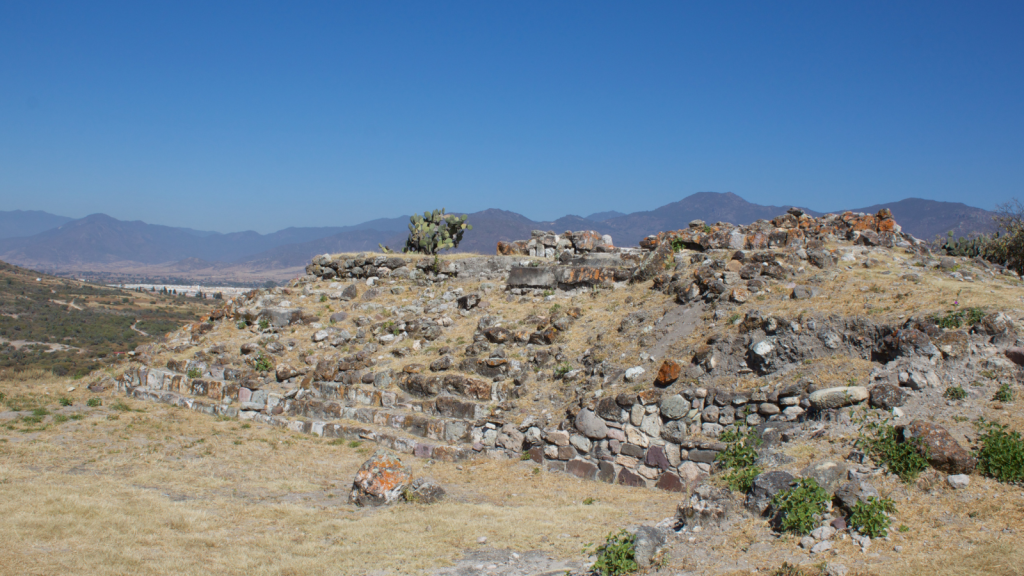
The Zapotec civilization thrived in what is now Oaxaca, Mexico, from around 500 BCE to 900 CE. They built one of the earliest cities in Mesoamerica, Monte Albán, which featured impressive architecture, including pyramids, tombs, and ball courts. The Zapotecs developed a unique writing system and calendar. Their society was highly organized, with a strong emphasis on religion and art.
The Hittite Empire
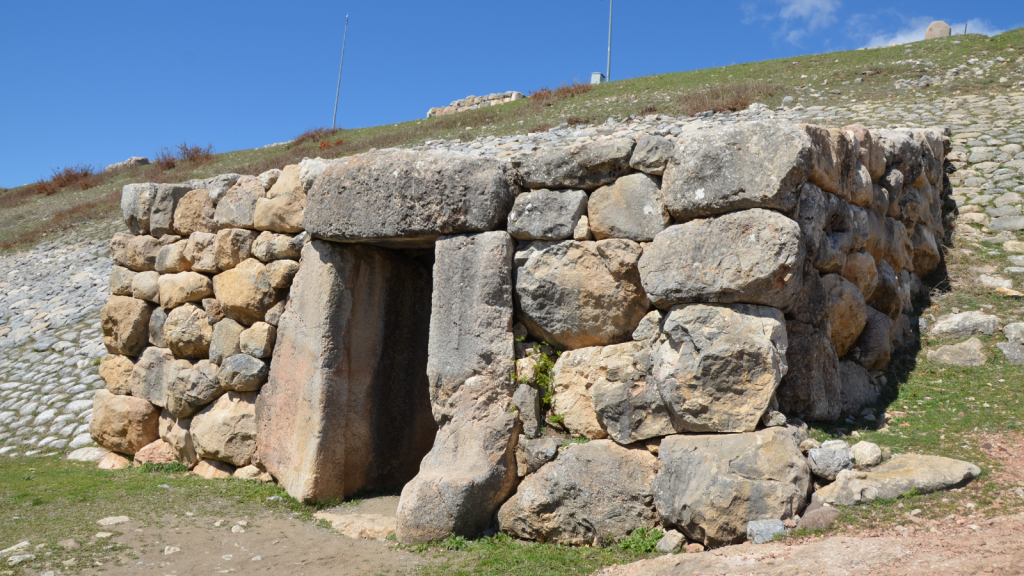
The Hittite Empire emerged in Anatolia, modern-day Turkey, around 1600 BCE and lasted until 1178 BCE. They were known for their military prowess and innovations in chariot warfare. The Hittites were also skilled diplomats, establishing treaties with neighboring civilizations. They left behind a wealth of written records, including the earliest known peace treaty, the Treaty of Kadesh with Egypt.
The Kingdom of Kush
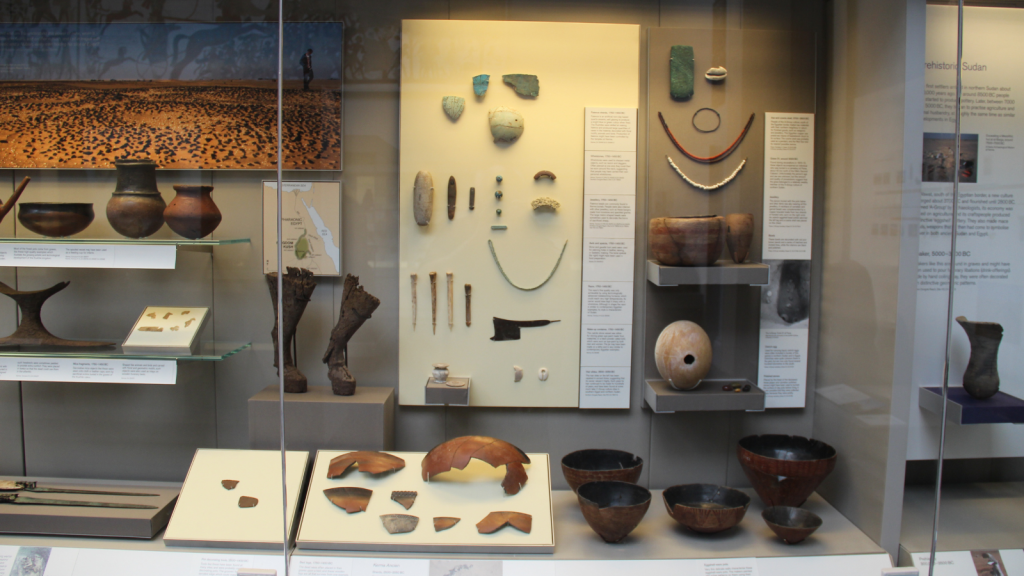
The Kingdom of Kush, located in what is now Sudan, was a powerful civilization that thrived from around 1070 BCE to 350 CE. The Kushites were known for their rich culture, impressive pyramids, and skilled craftsmanship. They had a strong economy based on agriculture, mining, and trade. At times, Kush even ruled over Egypt, blending their cultures and leaving a significant impact on the region’s history.
The Lycians
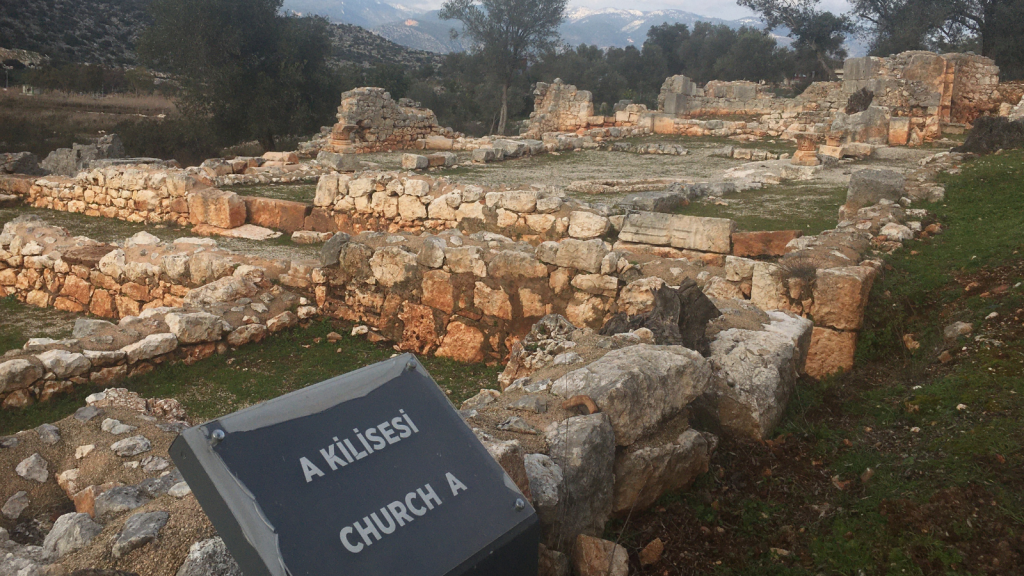
The Lycians lived in what is now southwestern Turkey from around 1400 BCE to 546 BCE. They are known for their unique rock-cut tombs and impressive architecture. The Lycians had a distinctive language and were known for their democratic traditions, with a form of government that included elected representatives. Their society was heavily influenced by both Greek and Persian cultures.
The Nabateans
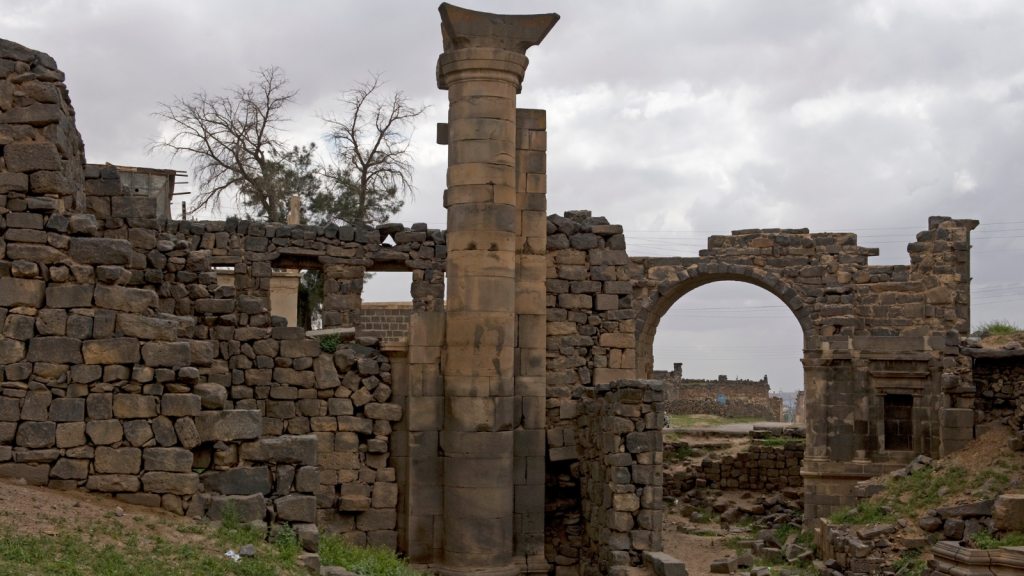
The Nabateans were an Arab people who established a thriving civilization in what is now Jordan, around 312 BCE to 106 CE. They are best known for their capital city, Petra, with its stunning rock-cut architecture. The Nabateans controlled important trade routes and were skilled in water management, creating an intricate system of dams, cisterns, and aqueducts. Their influence extended across the Arabian Peninsula.
The Etruscans
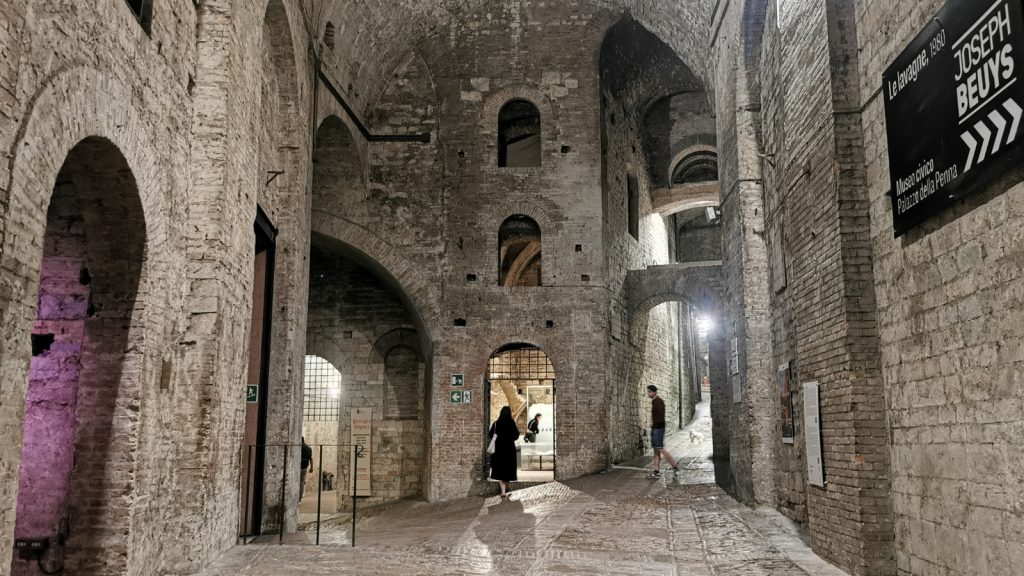
The Etruscans lived in Italy before the rise of Rome, from around 900 BCE to 27 BCE. They were known for their rich culture, advanced engineering, and contributions to Roman civilization. The Etruscans built impressive cities, with sophisticated infrastructure like roads and bridges. Their art and religion heavily influenced early Roman culture, and many Etruscan words and customs were adopted by the Romans.
The Sumerians
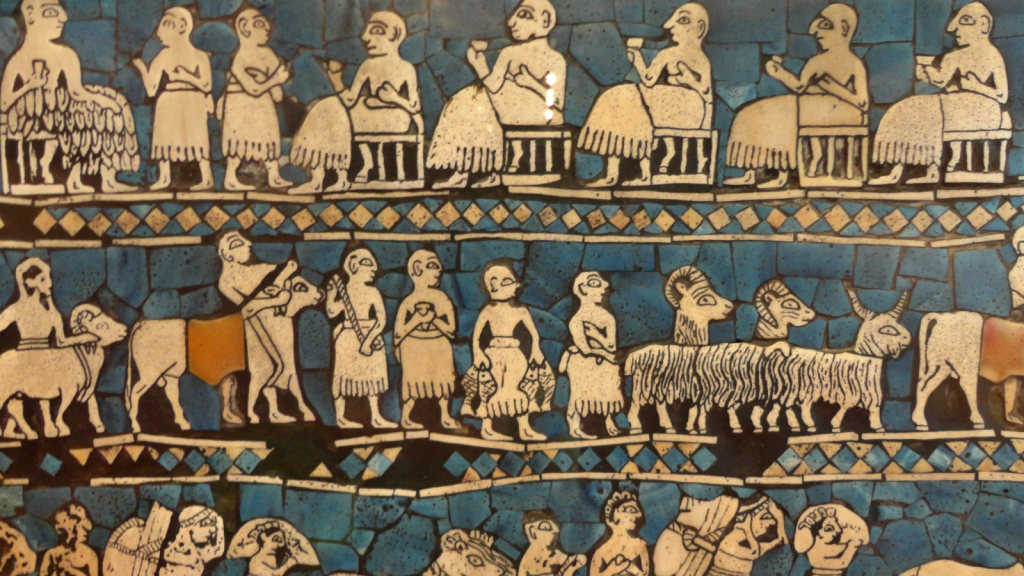
The Sumerians were one of the earliest known civilizations, emerging in Mesopotamia around 4500 BCE. They are credited with inventing writing, creating the cuneiform script. The Sumerians built the first cities and developed complex social, economic, and religious structures. They were skilled in agriculture, irrigation, and trade, laying the foundations for future civilizations in the region.
Ellen has been obsessed with logic puzzles, jigsaws, and cryptograms since she was a kid. After learning she was taught how to play chess wrong by a family friend (so they could win), she joined her school chess club and the rest is history.

